Product details
Sericho Meteorite, Africa, 11.0 grams
The Sericho meteorites, also known as the Habaswein meteorites, are a fascinating group of extraterrestrial rocks discovered in Kenya. These meteorites are classified as pallasites, a rare and striking type of stony-iron meteorite that contains both metallic iron-nickel and silicate minerals, primarily olivine. The Sericho meteorites provide valuable insights into the formation and composition of our solar system and have garnered significant interest from both scientists and collectors.
The discovery of the Sericho meteorites dates back to 2016 when two brothers, Ali and Abdi Hussein, stumbled upon large, metallic rocks near the village of Habaswein in the Wajir County of northeastern Kenya. Initially, these strange rocks were not recognized as meteorites. It was only after samples were sent to experts for analysis that their extraterrestrial origin was confirmed. Subsequent searches in the area revealed more pieces, and it became clear that the region contained a substantial meteorite strewn field, indicating that a significant meteorite impact had occurred.

Campo del Cielo meteorites originated from an impact event that occurred millions of years ago in Argentina. Despite their ancient origins, they were only discovered in 1576 when the indigenous inhabitants of the region came across the scattered fragments. Composed mainly of iron and nickel, these meteorites exhibit a high metal content, which gives them their characteristic magnetic properties. The impact that created these meteorites scattered fragments across the Campo del Cielo region, where they remained undisturbed until their discovery.
The total known weight of Campo del Cielo meteorites is estimated to be several tons. Over the years, numerous fragments have been discovered and collected from the Campo del Cielo region in Argentina, contributing to this substantial total weight. While precise measurements vary, scientists estimate that the combined weight of Campo del Cielo meteorites discovered so far amounts to several thousand kilograms. These meteorites come in various sizes, ranging from small fragments to larger specimens weighing hundreds of kilograms.
Stony Meteorites: Witness to Stellar Birth
Chondrites: Among the most common type of meteorites, chondrites are primitive remnants of the early solar system, dating back over 4.5 billion years. They contain small spherical structures called chondrules, which are believed to have formed in the protoplanetary disk around the young Sun. These chondrules are composed of minerals like olivine and pyroxene, encapsulating the conditions of the nascent solar system. The study of chondrites provides valuable information about the processes of planetary accretion and differentiation.
Achondrites: Unlike chondrites, achondrites lack chondrules and exhibit evidence of igneous processing, indicating that they originated from larger planetary bodies with internal differentiation. These meteorites often resemble terrestrial rocks, with mineral compositions similar to basalts and gabbros found on Earth. Achondrites are thought to originate from the crust or mantle of differentiated bodies such as asteroids or even Mars. By analyzing the mineralogy and isotopic signatures of achondrites, scientists gain insights into the geological history and differentiation processes of planetary bodies beyond Earth.
Carbonaceous Chondrites: Renowned for their high carbon content and volatile-rich composition, carbonaceous chondrites are among the most primitive meteorites, containing complex organic molecules and water-bearing minerals. These meteorites offer tantalizing clues about the conditions that prevailed in the early solar system, including the delivery of water and prebiotic molecules to Earth. Scientists believe that carbonaceous chondrites may have played a crucial role in seeding the primordial Earth with the necessary ingredients for life.
Iron Meteorites: Relics of Cosmic Cores
Comprising about 5% of meteorite falls, iron meteorites stand out for their high iron and nickel content, often accompanied by traces of other elements like cobalt and phosphorus. These meteorites are remnants of the cores of differentiated bodies such as asteroids or protoplanets, where intense heat and pressure led to the segregation of metallic alloys.
Octahedrites: Characterized by a distinctive crystalline structure known as a Widmanstätten pattern, octahedrites are the most common type of iron meteorites. This pattern forms as a result of slow cooling over millions of years within the core of a planetary body, allowing nickel-iron crystals to grow into elongated shapes. The presence of the Widmanstätten pattern serves as a signature of extraterrestrial origin and provides insights into the cooling rates and thermal histories of parent bodies.
Hexahedrites: Unlike octahedrites, hexahedrites exhibit a cubic crystal structure and are relatively rare compared to their octahedral counterparts. These meteorites likely formed under different cooling conditions within the cores of larger asteroids or protoplanets. The study of hexahedrites helps scientists understand the diversity of parent bodies in the early solar system and the processes that governed their differentiation.
Ataxites: Ataxites represent a minor subclass of iron meteorites characterized by their high nickel content and lack of a distinct crystalline structure. These meteorites likely originated from the outer regions of planetary cores, where nickel concentrations were higher. The study of ataxites provides valuable information about the chemical composition and thermal evolution of parent bodies, offering clues about the conditions prevailing in the early solar system.
Stony-iron meteorites, as the name implies, represent a hybrid of stony and iron compositions, with roughly equal proportions of silicate minerals and metallic alloys. These meteorites are thought to originate from the boundary regions between a differentiated body’s mantle and core, where material mixing occurred due to impacts or geological processes.
Pallasites: Gem embedded Nickel Iron:
Pallasites: Pallasites are one of the most visually striking meteorite types, characterized by their beautiful olivine crystals embedded in a metallic matrix. These meteorites likely formed at the interface between the core and mantle of differentiated bodies, where molten metal percolated through fractures and filled cavities within the silicate matrix. The study of pallasites provides insights into the dynamics of core-mantle interactions and the mixing of materials in the early solar system.
Mesosiderites: Mesosiderites are stony-iron meteorites composed of roughly equal parts of silicate minerals and metallic alloys. Unlike pallasites, which exhibit a distinct separation of metal and silicate phases, mesosiderites show evidence of intense brecciation and mixing, indicating violent processes within the parent body. These meteorites likely originated from the crust or mantle of large differentiated bodies, where impacts or tectonic activity led to the commingling of materials.
IAB Irons: IAB iron meteorites represent a transitional group between iron and stony-iron meteorites, exhibiting a mixture of metallic alloys and silicate inclusions. These meteorites often contain complex textures and mineral compositions, suggesting a heterogeneous parent body with a history of geological activity and differentiation. The study of IAB irons provides valuable insights into the processes of planetary formation and differentiation in the early solar system.
Prehistoric 101 (Learn about fossils, minerals, and meteorites)
What is a Meteorite? Nickel Iron
What is a Meteorite?
The Meteoritical Society Database








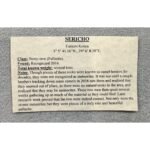




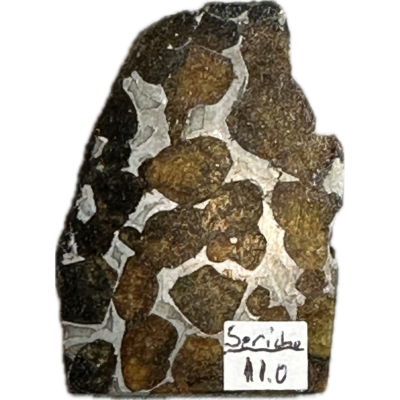
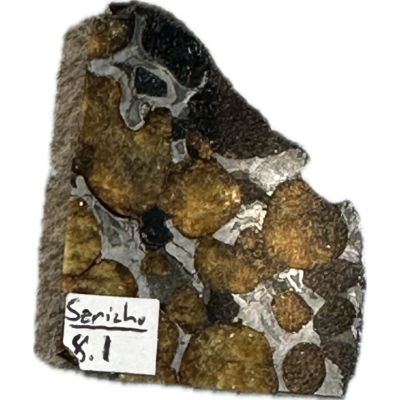
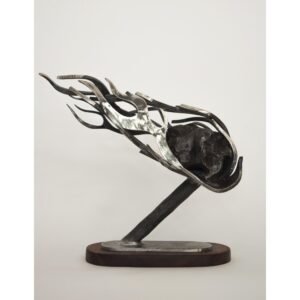
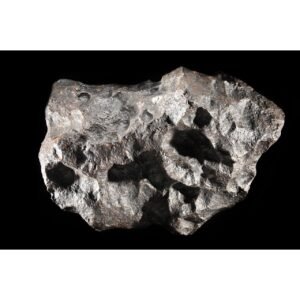
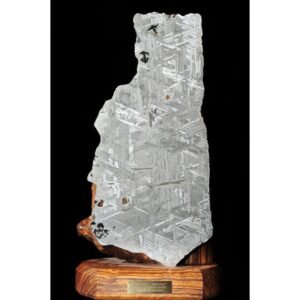
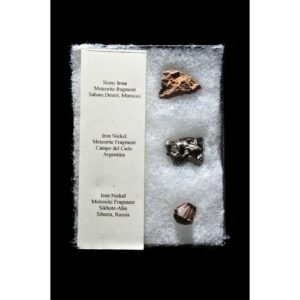
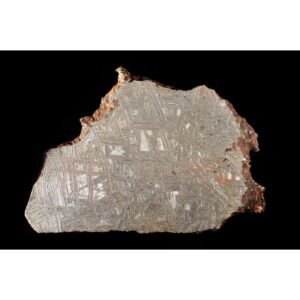
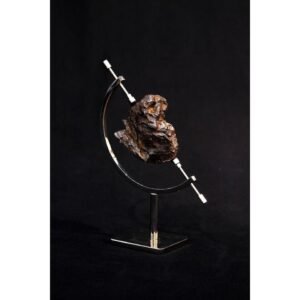
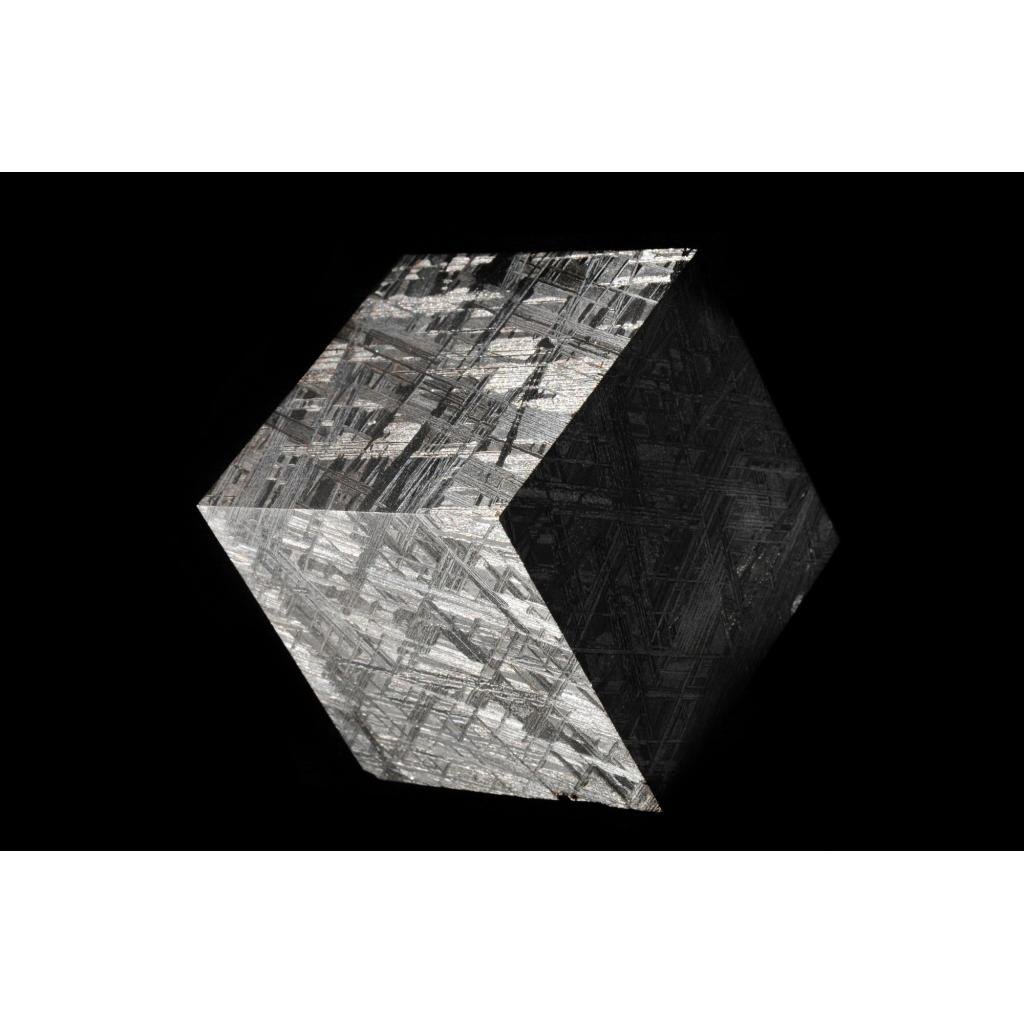
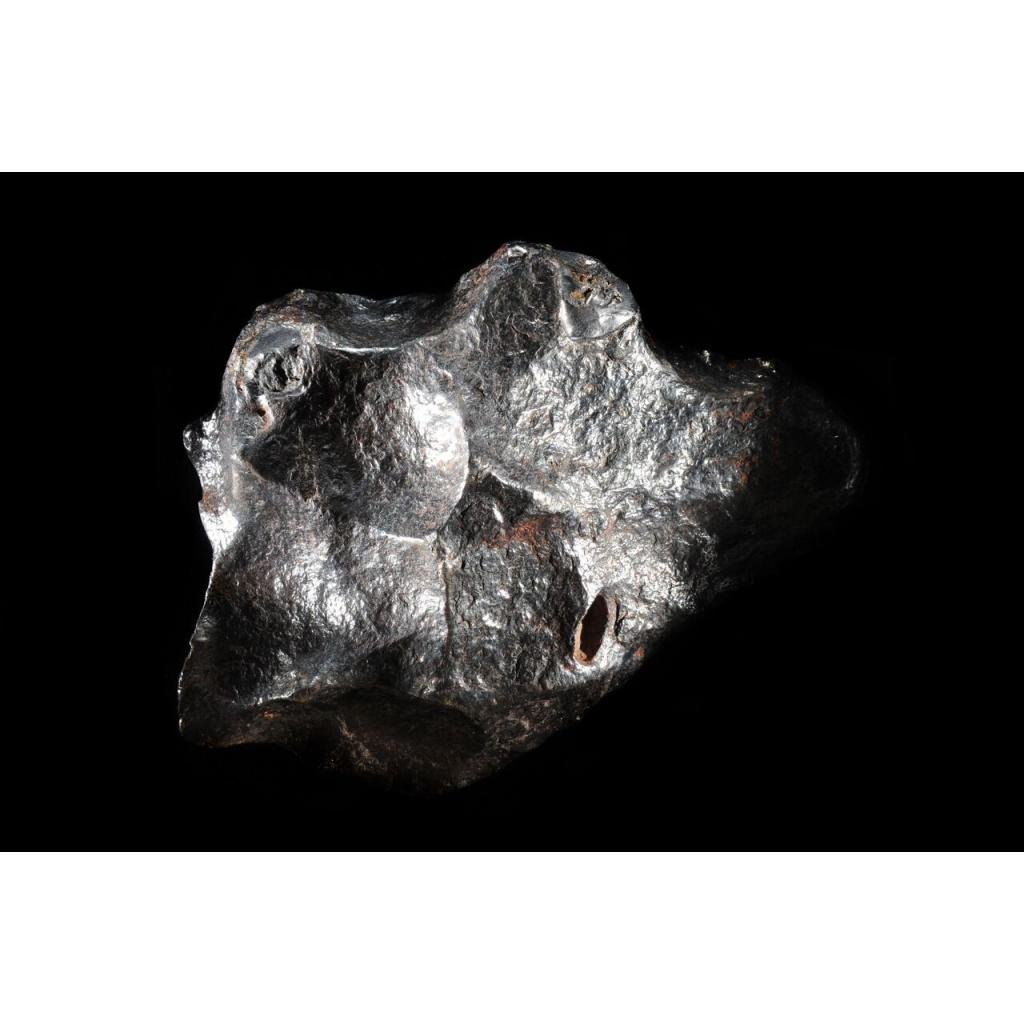
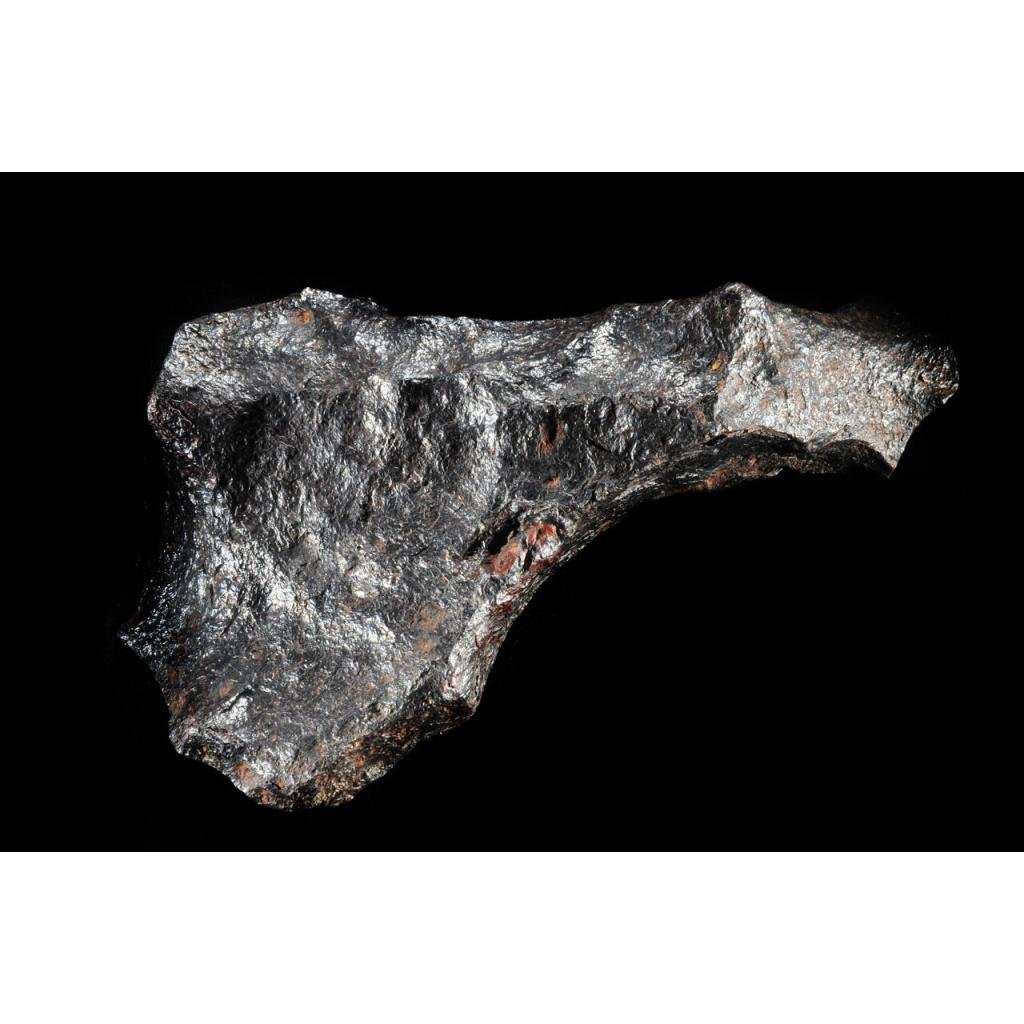
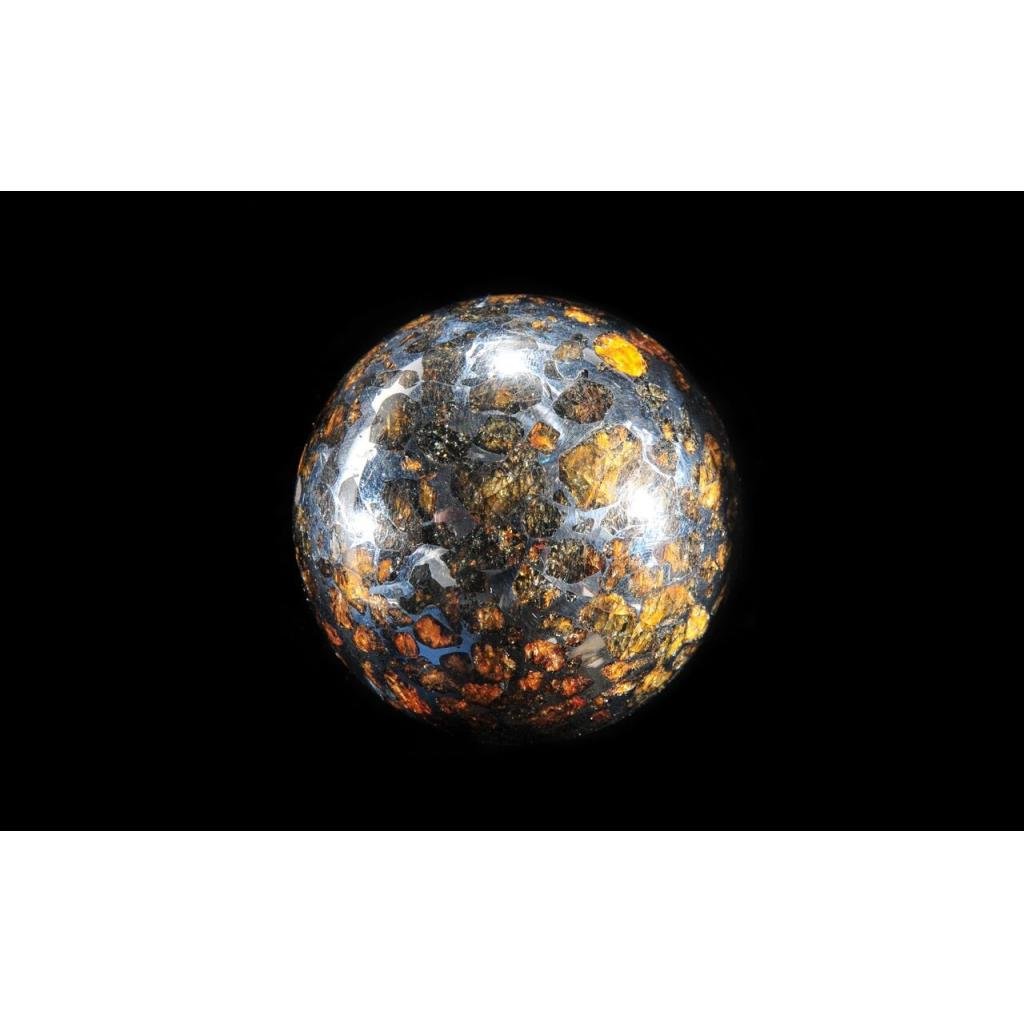

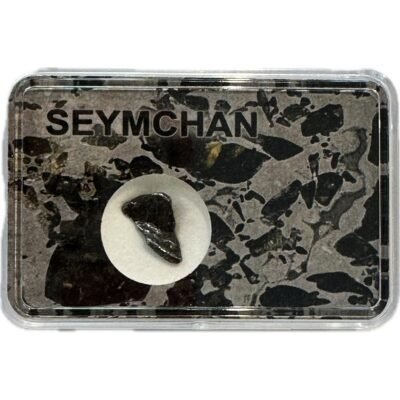
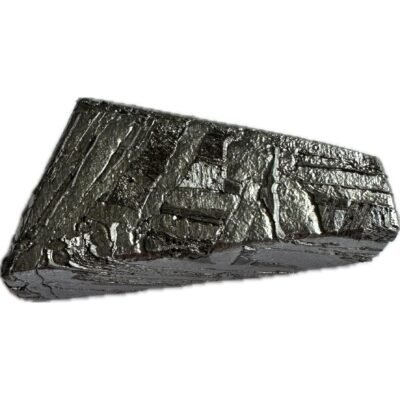
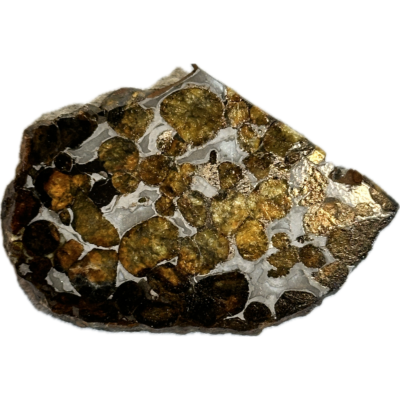
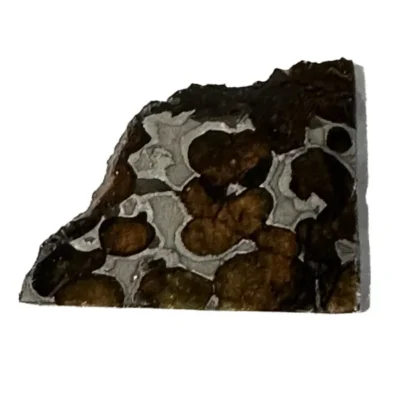
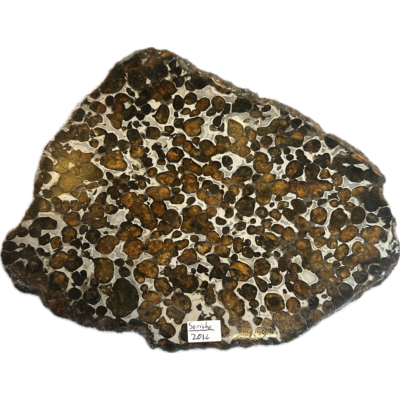
There are no reviews yet.